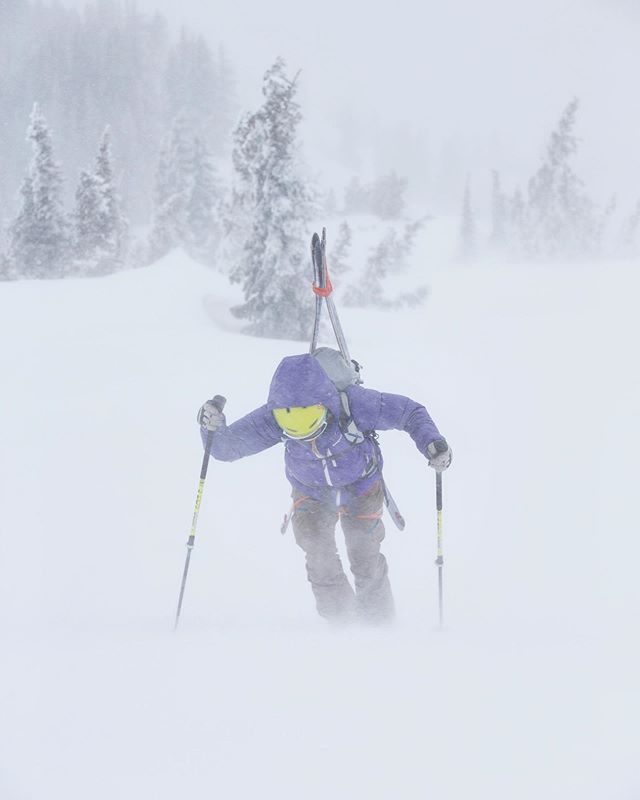Follow me on Instagram @carolinegleich
Last season, it was pretty incredible to make my first turns of the season at 22,000/6,700m on the sixth highest peak in the world, Cho Oyu in Tibet.I firmly believe in the transformational power of travel. I am so privileged and grateful to have the opportunity to see the world. It does have an impact, which is why I offset all the carbon from my air travel this year.Carbon offsetting isn’t perfect. However, it’s a way to hold myself accountable for the environmental impact of my chosen path.According to the Washington Post, “carbon offsets offer a way to balance out your pollution by investing in projects that reduce emissions of carbon dioxide or other greenhouse gases in the atmosphere. Such offset projects can vary widely.” According to Peter Miller, a program director for the @nrdc_org, “It ranges from things like planting trees to improve forest management, where a timber company will allow trees to grow longer and increase the amount of carbon sequestered in the forest. It can be capturing of greenhouse gas emissions coming out of a landfill. It could be paying a rice farmer to adopt different practices that reduce the amount of methane coming out of their rice paddies. By developing projects and investing in these projects to reduce emissions of increase sequestration, there’s a benefit to the climate.”I spoke to my friend @katefbowman, who is the renewable energy program manager at @utahcleanenergy. She said, “things to look for with carbon offset programs are: that they are legit (a real project), permanent, and that they go above and beyond business-as-usual. So if they talk about those factors, it’s probably a good place to start.”For some of my work, flying is unavoidable. While offsetting isn’t perfect, it’s a way to negate some of my impact and can be part of an overall carbon emissions reduction strategy.


